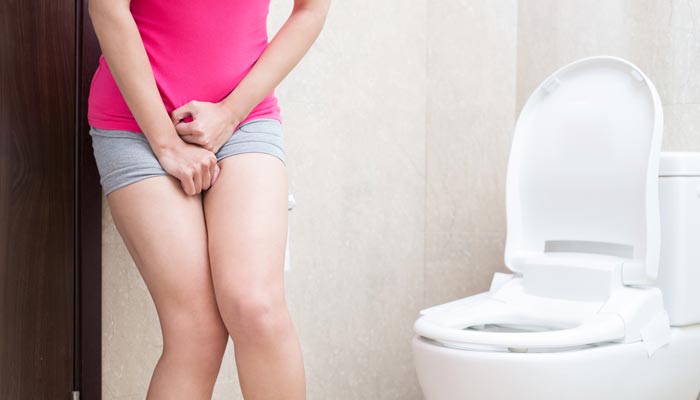
Just the Facts on Urinary Incontinence
Many women won’t discuss some of the side effects of pregnancy and birth. At some point, you may experience some of these more uncomfortable or embarrassing effects, including urinary incontinence, a problem that millions of women experience. However, that doesn’t mean you have to give up enjoyable parts of your life. Here are some things you need to know about urinary incontinence and what you can do to carry on with your life.
1. It Starts Earlier Than You Think
A network of muscles and other tissues provides structural support to your bladder. In normal circumstances, the muscles contract in response to pressure on the bladder, preventing any urine from slipping out. As your baby grows to full term, your bladder experiences more pressure. Hormones enter the mix, increasing tissue elasticity in preparation for the impending expulsion of the child from the womb. Pelvic muscles drastically weaken, and leakage may begin to happen when something forceful happens to your body, like a laugh, sneeze, or cough.
2. It Will Likely Go Away
A majority of women suffering from incontinence during pregnancy see an end to the leakage soon after giving birth. However, this isn’t always true. As many as a third of women experience postpartum leakage, which can last up to six months. In some rare cases, it lasts a full year.
3. Kegels: Your Secret Ally
All muscles benefit from regular exercise, including those in the pelvis. After giving birth, make a routine of doing 30 Kegels every day, but be certain you do them properly. Avoid activating your glutes or abs, watch your breathing, and do them in sets of five or ten. Additional help can come from simple lifestyle changes, like exercise to lose weight, minimizing caffeine intake, and self-bladder training.
4. Physical Therapy Can Help
As an alternative to medicine or an operation, you may want to seek the help of a physical therapist trained in pelvic floor rehabilitation. After examining you, your therapist will begin teaching you a series of pelvic exercises to build back muscle strength below your bladder. This gives you better control of your bladder functions. Don’t fret about how long this will last as most therapists train you to do much of this on your own at home.
If you are still experiencing this common, natural result from childbirth, don’t suffer alone. Consult with a physician or therapist as soon as possible to help free you from panty liners and back to your normal life.
